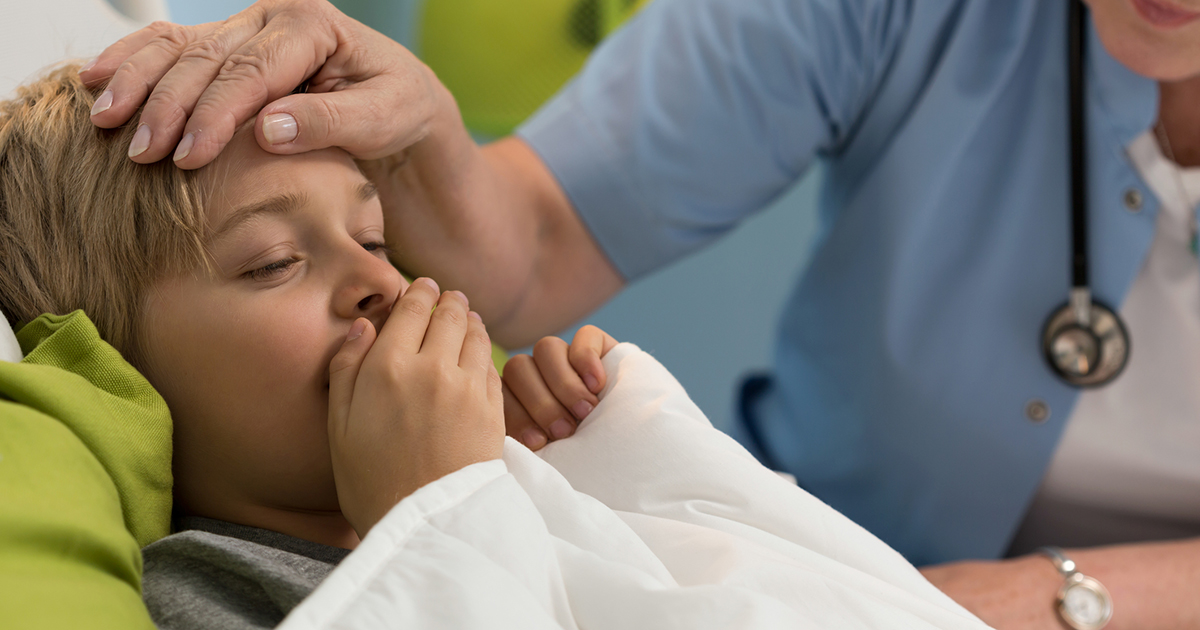The Most Common Childhood Illnesses
The Common Cold

Over two hundred different viruses cause the common cold, and nothing can prevent it. Rhinovirus is the most common cause and is spread by close contact with others. The risk of contracting a cold is highest in infants, individuals with weakened immune systems, and older adults. Colds are the most common in the fall and winter months. The first signs include congestion, sneezing, coughing, sore throat, and body aches. Symptoms are usually the worst after two to three days and subside by one to two weeks.
Use Vicks NyQuil and DayQuil to eliminate common cold symptoms. Complications can include hospitalization for babies who may have trouble breathing. Treatment is typically home remedies and rest, though sometimes medicine can help manage symptoms. Prevention includes frequent hand-washing, Purell Advanced Hand Sanitizer, and staying away from sick individuals.
Respiratory Syncytial Virus

Respiratory syncytial virus (RSV) is the main cause of bronchiolitis and pneumonia in children. Similar to the cold, RSV causes congestion, runny nose, coughing, sneezing, fever, and wheezing. These symptoms tend to happen in stages, rather than all at once, and usually last for about a week. RSV is transmitted by close contact with infected individuals and touching objects with the virus on it. Over-the-counter remedies can help alleviate some symptoms. Those most at risk of developing complications include premature infants, individuals with weakened immunity, and patients with heart or lung diseases. RSV is most common in the spring, fall, and winter. It can be prevented by covering sneezes and coughs with a tissue, washing hands frequently, and avoiding close contact with others.
